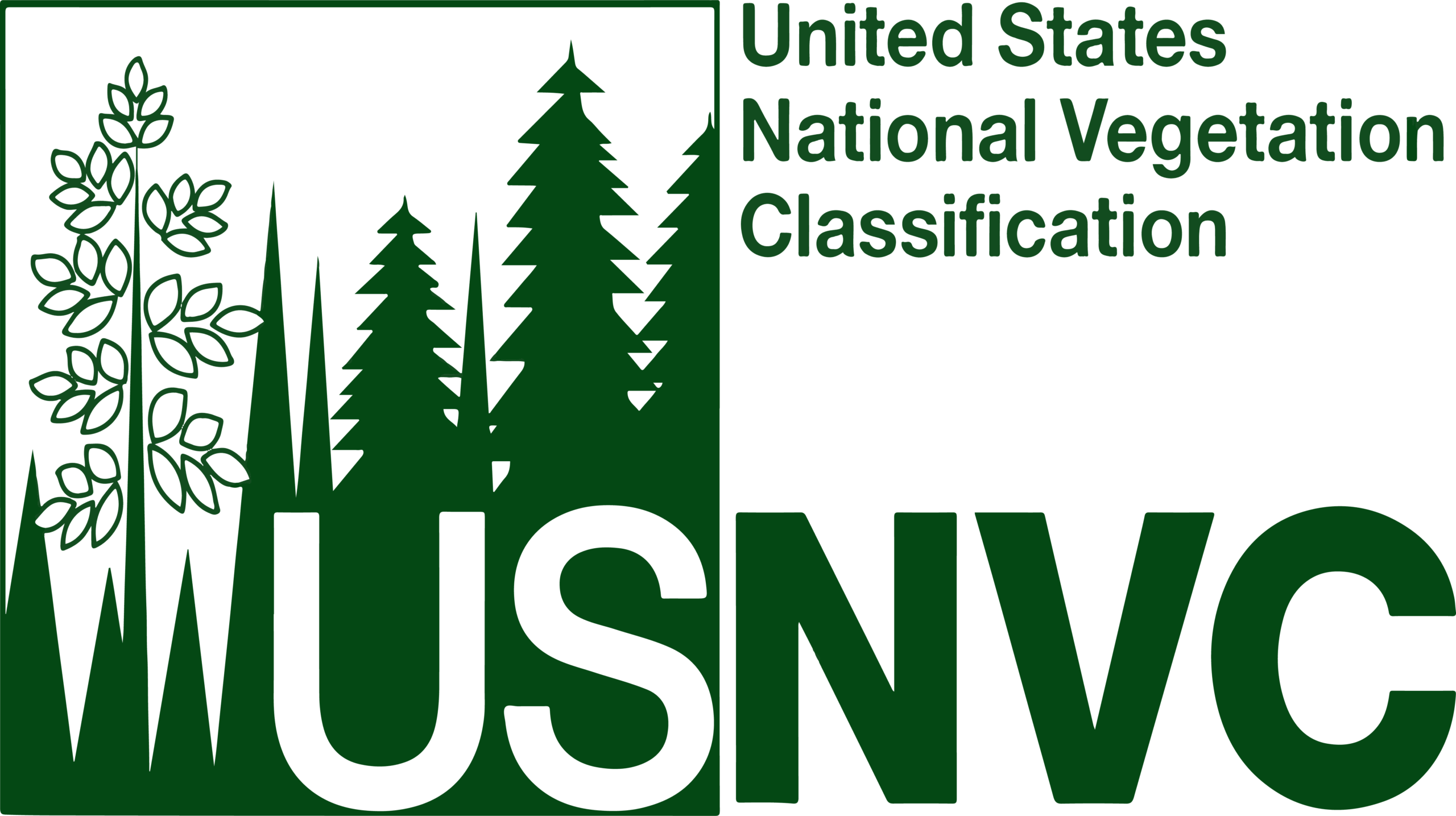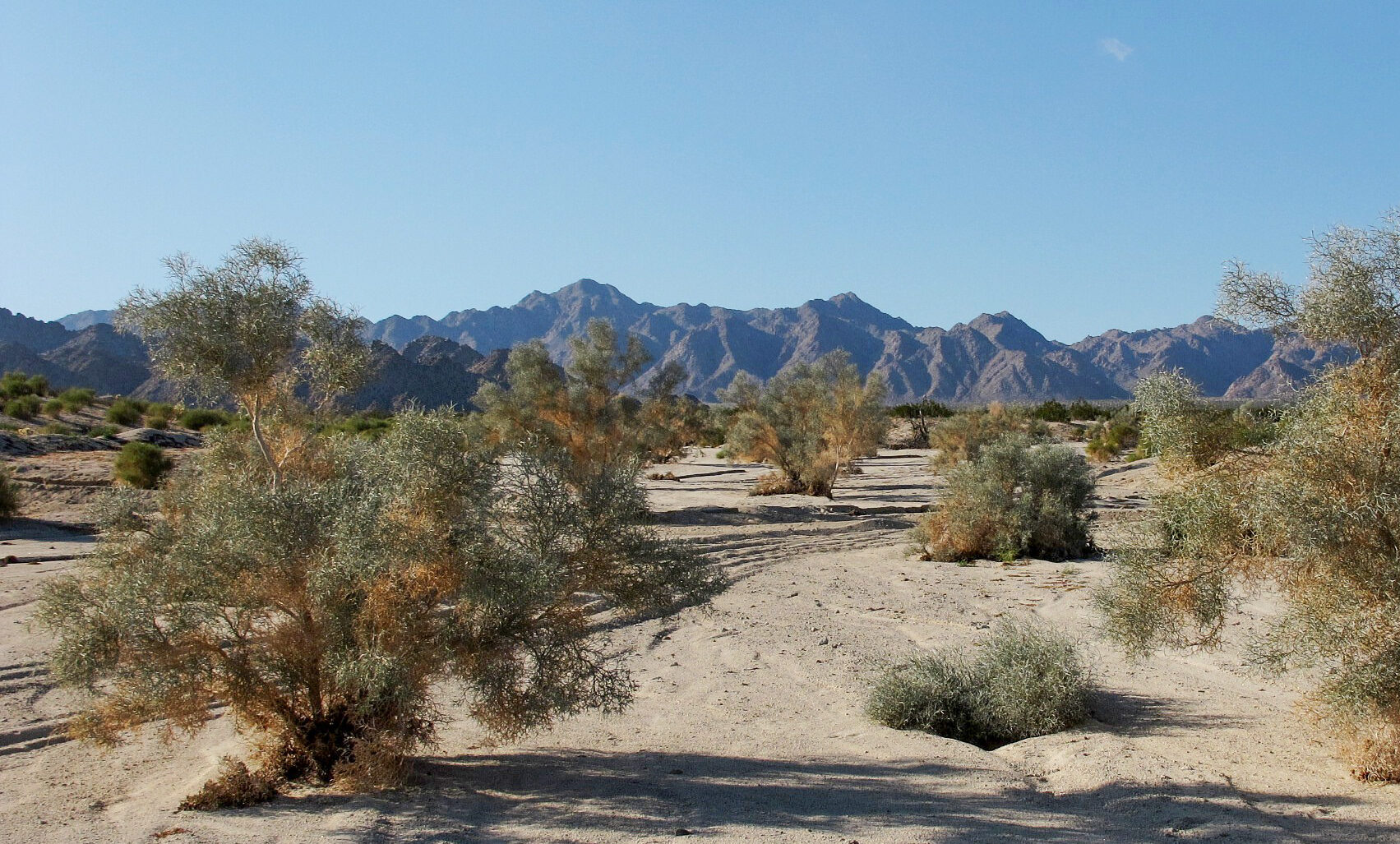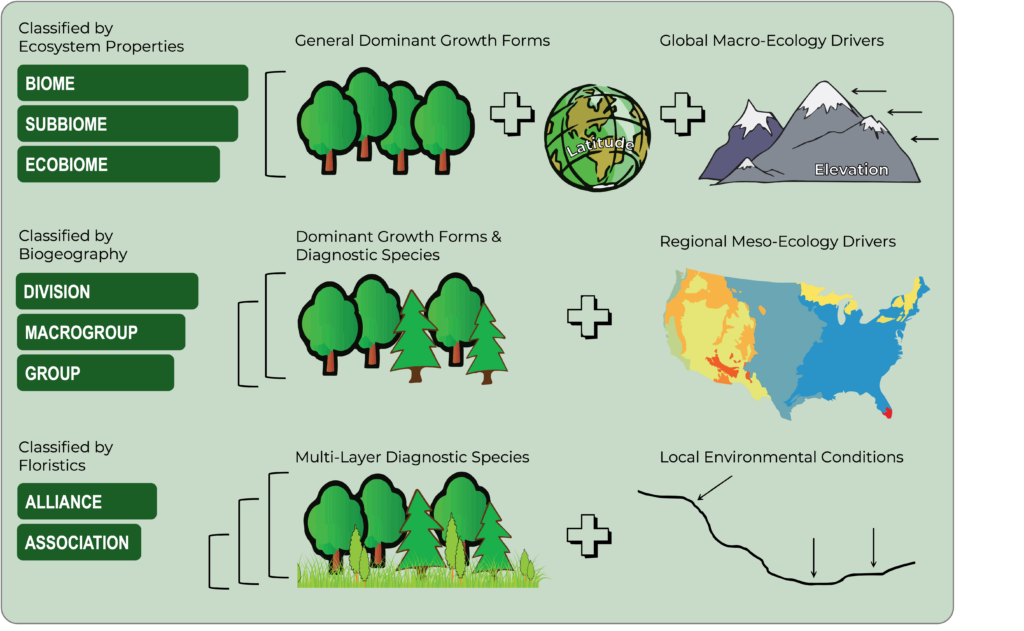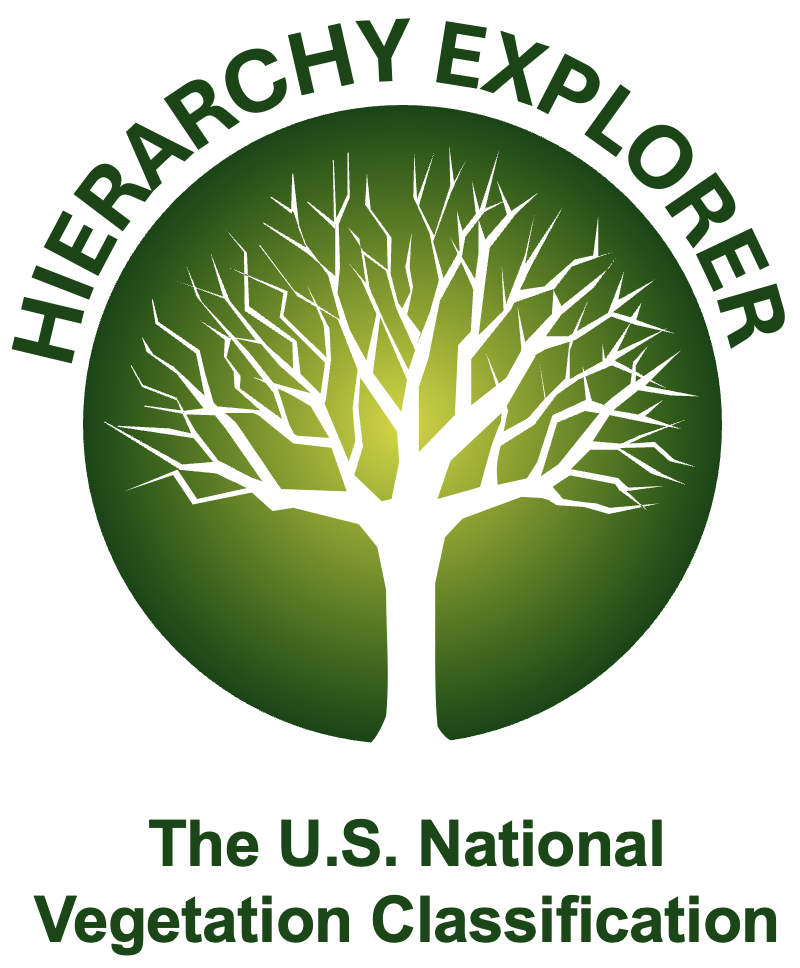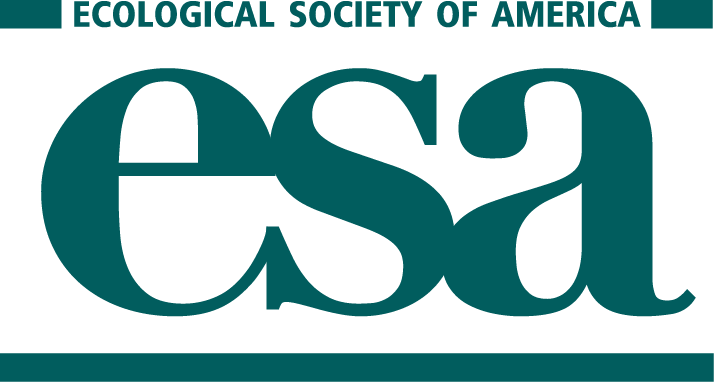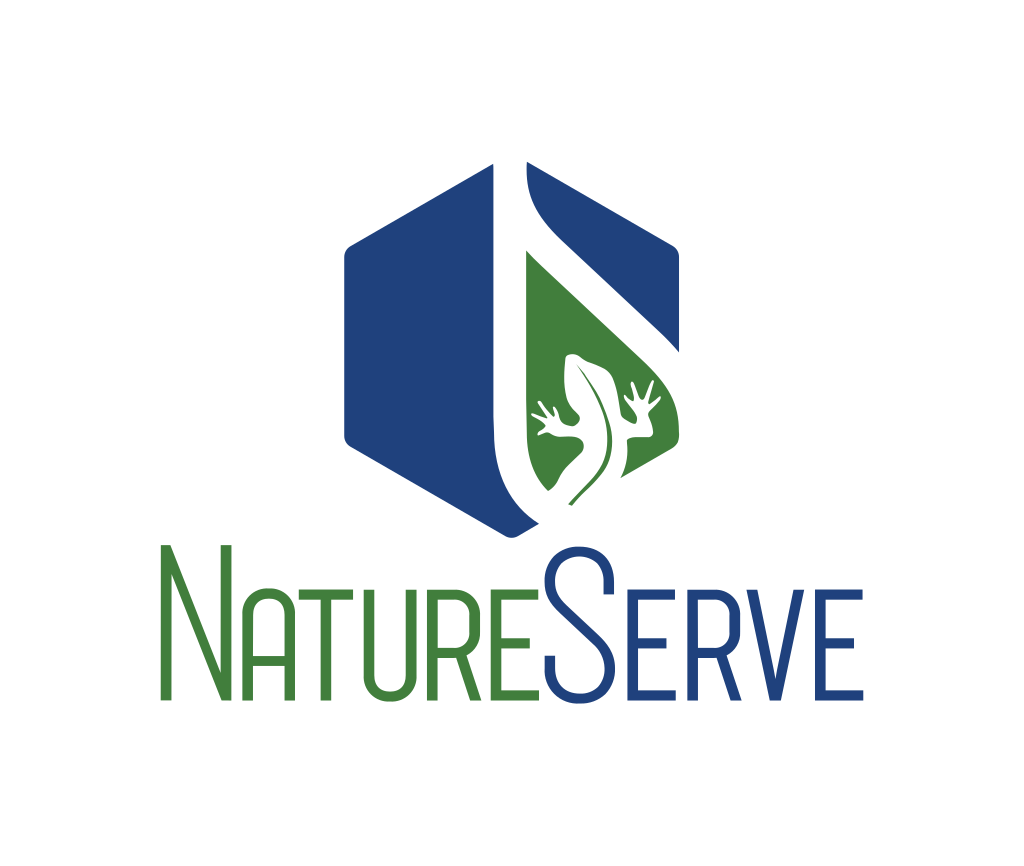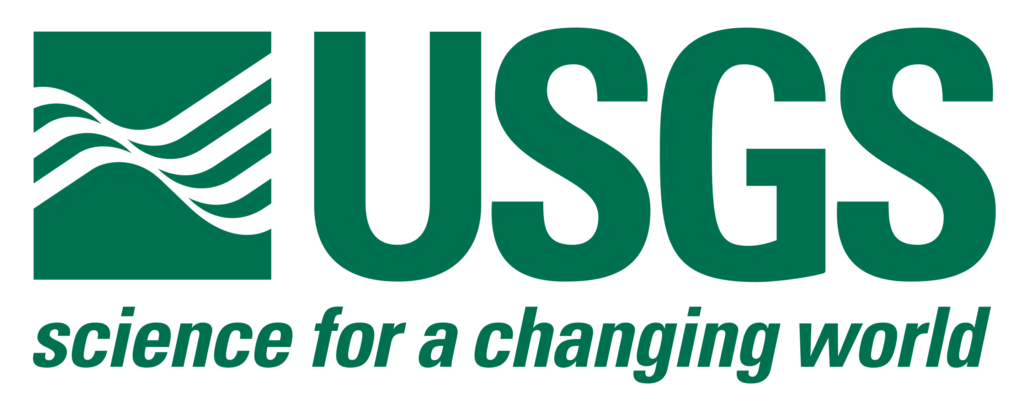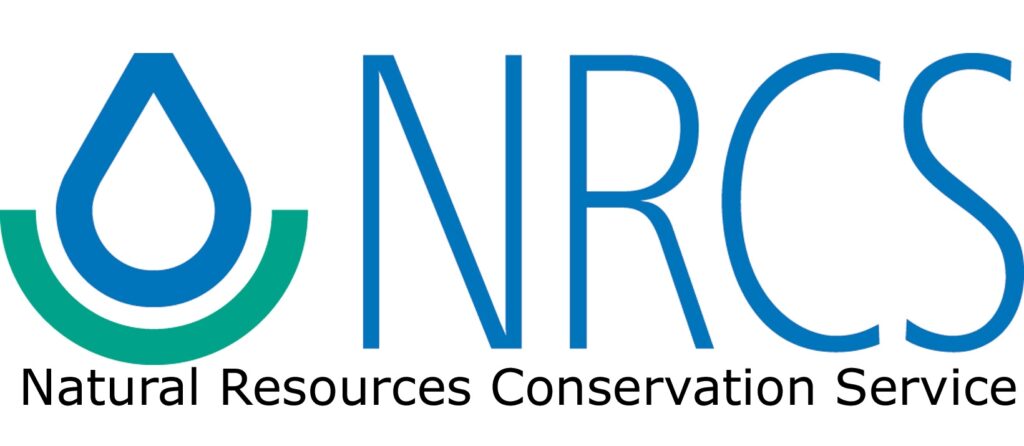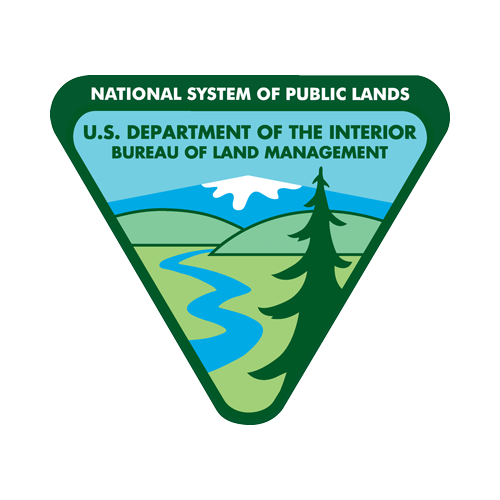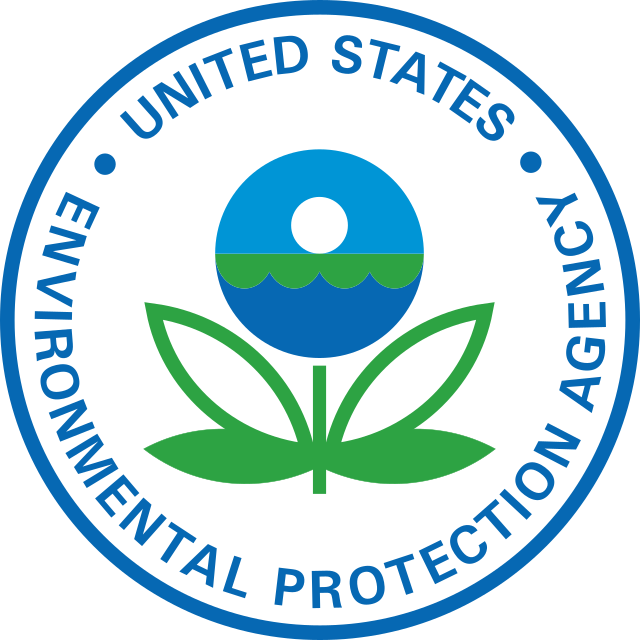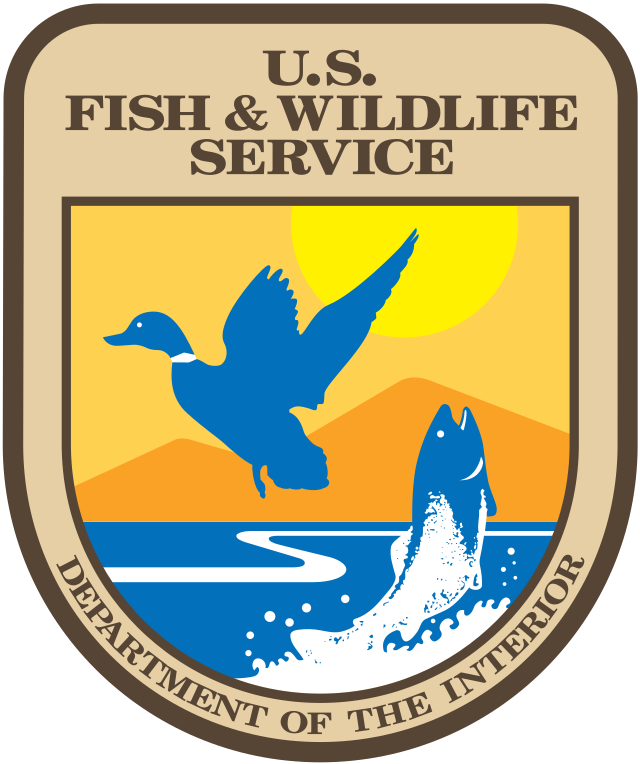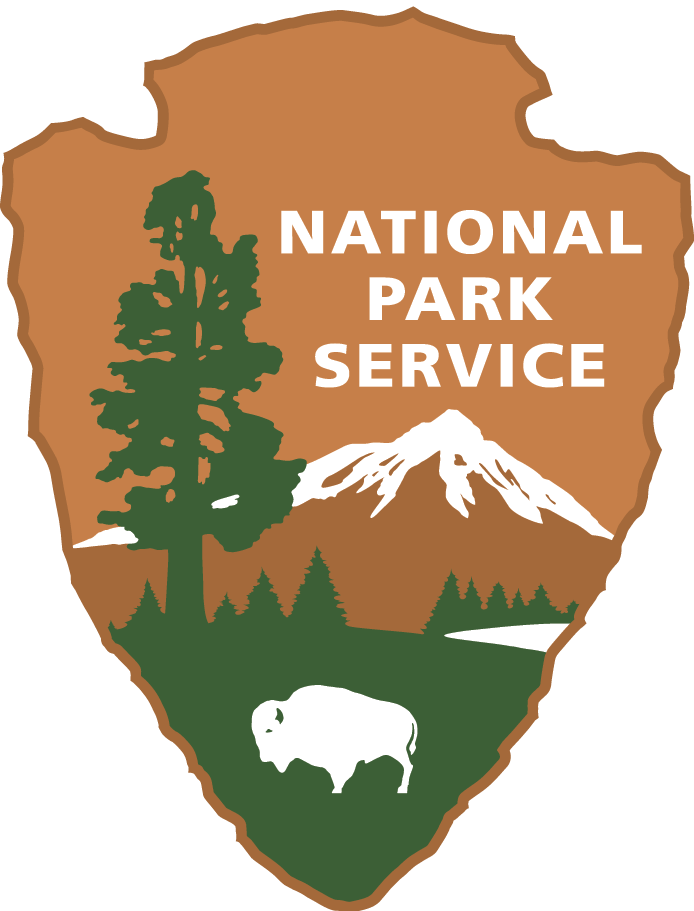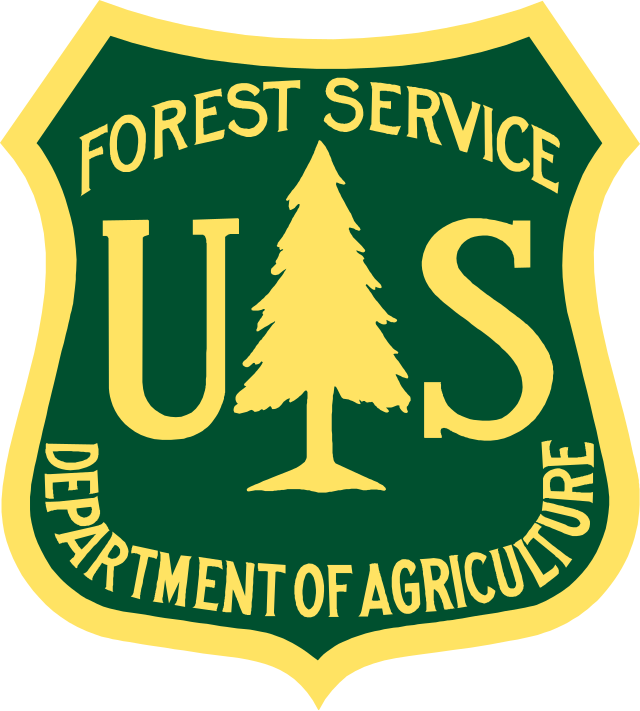The U.S. National Vegetation Classification (USNVC):
- is a comprehensive, hierarchical classification system for all vegetation types in the United States.
- is the national standard for the study, classification, inventory, and mapping of the natural and cultural vegetation of the U.S.
- provides a common language for the effective management and conservation of plant communities by agencies, NGOs, and other stakeholders across the country.
- is maintained through a formal partnership between federal and non-federal entities collaborating under the Federal Geographic Data Committee (FGDC) -Vegetation Subcommittee, with the USDA Forest Service (USFS) serving as the lead agency.
Explore the Classification: USNVC 3.0 is now available!

The USNVC Hierarchy Explorer provides detailed descriptions of all vegetation types in the United States.
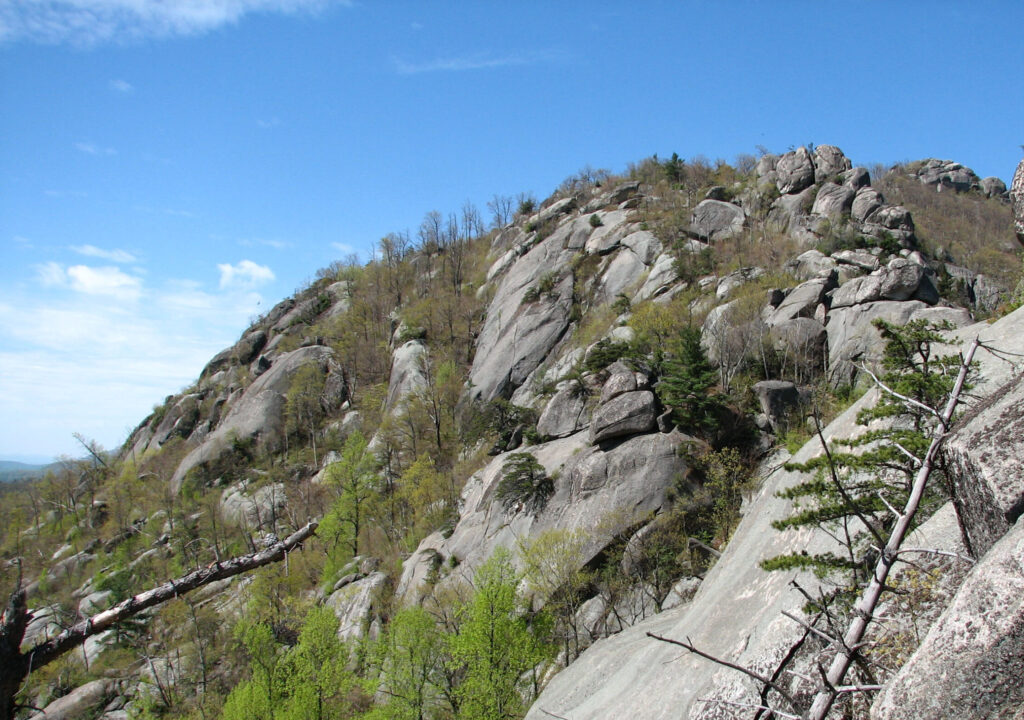
USNVC 3.0 User Guide
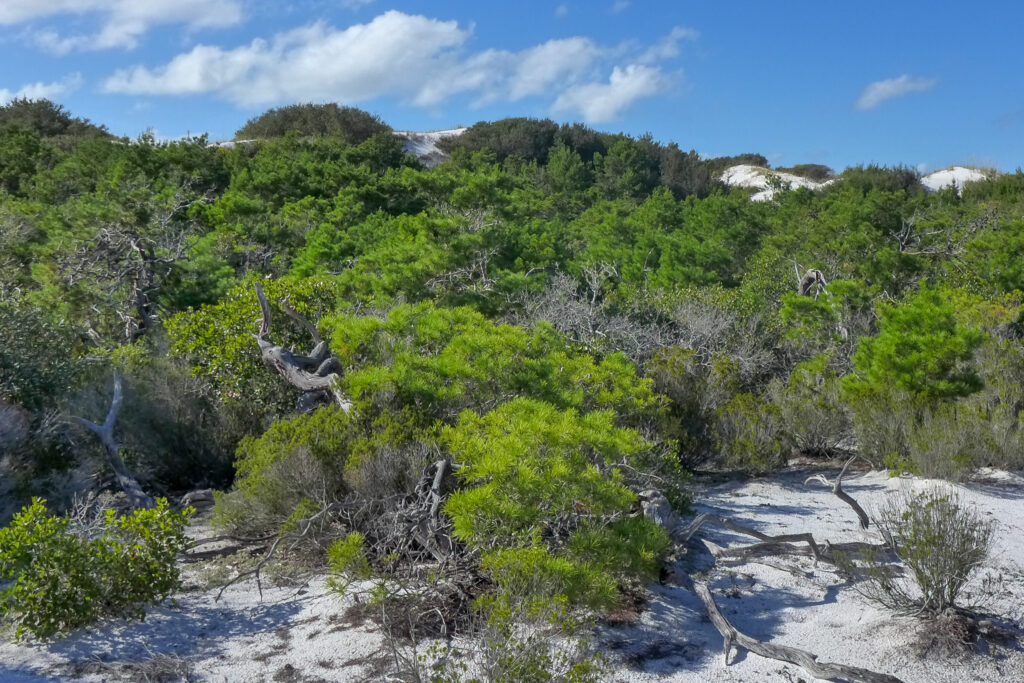
Recent Ecosphere Publication
Advancing the EcoVeg approach as a terrestrial ecosystem typology: From global biomes to local plant communities. D. Faber-Langendoen et al. Ecosphere. 12 May 2025

Scientia Article
Background on the USNVC is provided in the Scientia article: The United States National Vegetation Classification: Creating a Common Language to Classify the Nation’s Vegetation.

ESA Vegetation Classification Panel
The Panel provides impartial scientific expertise to agencies and individual partners in support of the development and implementation of the USNVC.
The Partnership
Photo Credits: Jaime Ratchford, Kimberely Alexander, Karen Patterson
